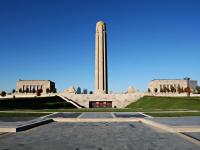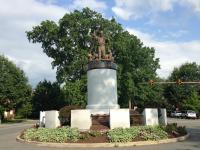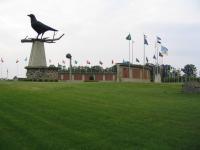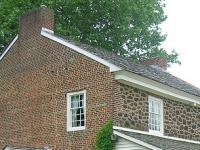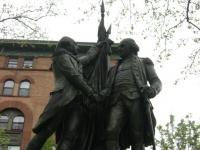By May of 1838, the Abolitionist movement in the United States led by William Lloyd Garrison, the Tappan brothers and others had grown from a small few followers in 1831 when Garrison begins to publish “The Liberator” to several thousand loyal...
Welcome to the Landmark Lessons section! The lesson plans here were generated by several teachers who completed the Cultures of Independence workshop in 2015. The workshop - and these lessons - illustrate how local and national history can be taught through a focus on a physical place and primary sources. Criteria for selecting lessons also included the teaching of historiography and, when appropriate, connections to the founding principles of the United States.
Use a lesson from your region, or become inspired to create your own.
Cultures of Independence was made possible in part by a major grant from the National Endowment for the Humanities: Celebrating 50 Years of Excellence

Any views, findings, conclusions, or recommendations expressed in this website or during the institutes, do not necessarily represent those of the National Endowment for the Humanities.
Additional funding was provided by Wells Fargo through HEAD for the Future, its partnership with HSP, and by Independence National Historical Park.
Browse Lesson Plans
|
|
This lesson is designed to introduce the events of the Greensboro Sit-In and understand its national impact on the Civil Rights Movement by looking at key primary sources. Students will also take a look at the Woolworth Store as a national... |
|
This lesson is designed to compare and contrast important social, cultural and political themes in the post-World War I decade of the 1920’s. |
In this lesson, students will study the contributions of Arthur Ashe to sports and social change. Students will investigate the controversy surrounding the installment of a monument on Monument Ave, which includes Ashe among Confederate figures... |
|
This lesson addresses the theme of events that have not been remembered in local history; the main focus of this lesson is the 1906 Atlanta Race Riot. |
This lesson is designed for early in the school year as an introduction to Grade 6 World History and Geography. The Massachusetts History and Social Science Framework states that, “They (students) study the religions, governments, trade,... |
|
This lesson would fit best towards the end of the year after students have already learned about the main events that occurred in and shaped the creation of the United States. |
This is a Project Based Learning Lesson designed to have students question how we decide what places deserve preservation and argue for the addition of a landmark to the National Register of Historic Places. |
|
The following lesson has students explore the rich history in our town through close examination of a local landmark. |
This lesson teaches the 1st Amendment (specifically speech and assembly) by looking at demonstrations (national and local), narrowing in on a local landmark (Moore County Court House in Carthage, NC). |
|
Through this lesson, students will become familiar with the importance of the location of the Gabreil Daveis Tavern, its role during the Revolution, and before and after that time period. |
In this jig-saw activity, students work with a variety of primary sources to learn the story behind a monument. |
- 1 of 3
- next ›


